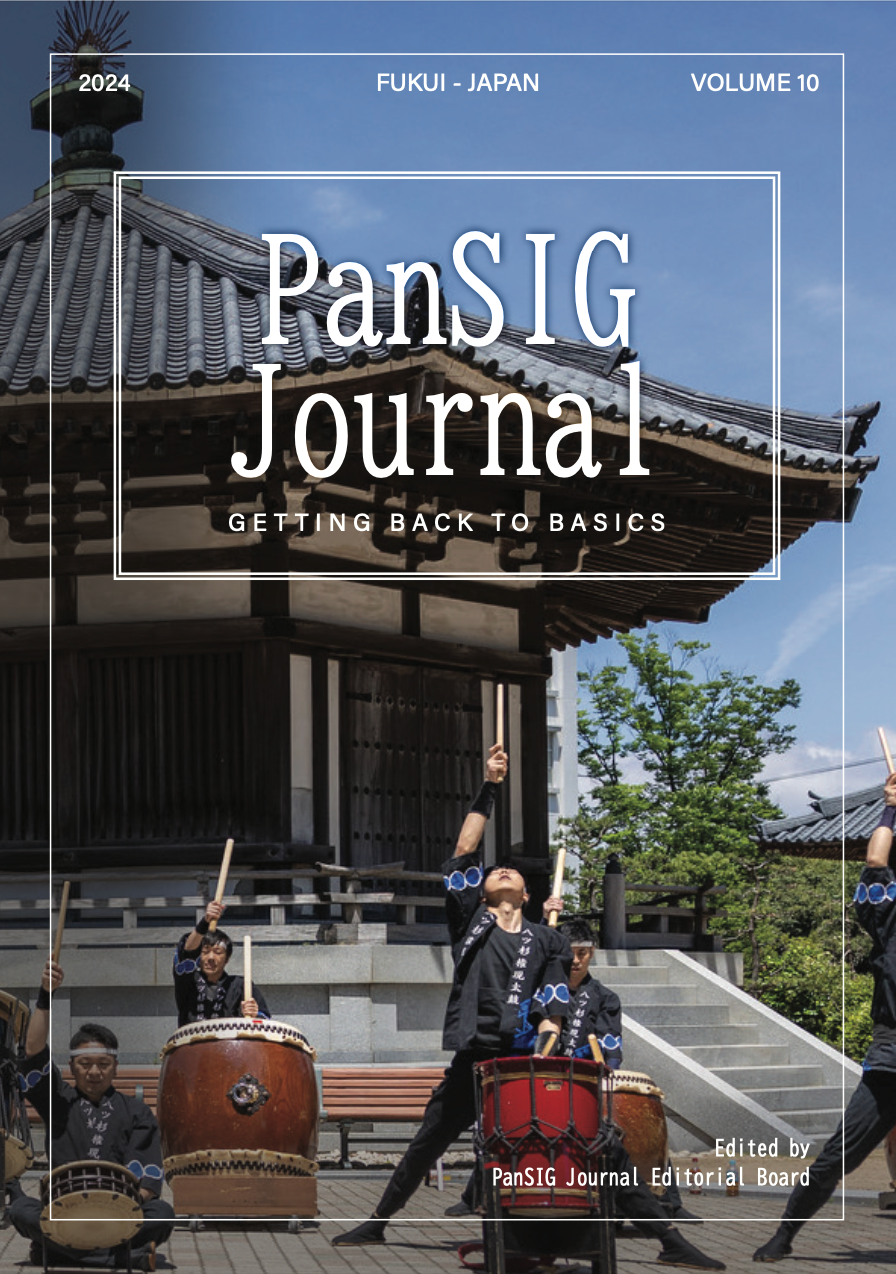 The annual PanSIG Journal is the latest incarnation of our PanSIG conference publication. For 13 years, PanSIG published conference proceedings (starting in 2002). In 2015, we launched a new post-conference publication, The PanSIG Journal. With a blind and detailed peer review process, dedicated reviewing and editing committees, and motivated and professional authors, our journal is a comprehensive and robust representation of the work presented at the PanSIG conference on a diverse range of topics.
The annual PanSIG Journal is the latest incarnation of our PanSIG conference publication. For 13 years, PanSIG published conference proceedings (starting in 2002). In 2015, we launched a new post-conference publication, The PanSIG Journal. With a blind and detailed peer review process, dedicated reviewing and editing committees, and motivated and professional authors, our journal is a comprehensive and robust representation of the work presented at the PanSIG conference on a diverse range of topics.
In general, we see the PanSIG Journal as an opportunity for PanSIG presenters to share what they presented at the conference to a wider audience. It is also a chance for professional development for many JALT members.s.
Please see our publications archive for our latest issue and past issues. If you're a PanSIG conference presenter, please see our call for papers page. To find out more about peer review, please see our peer review page.
Why is PanSIG Journal unique?
The publication process may be a little different from what authors have experienced elsewhere. Even though our journal welcomes all academics, it acts as a launching ground for first-time authors and reviewers, offering a dedicated space to nurture the growth of new contributors and to refine essential, critical peer-review skills.
We aim to support and accompany authors to improve their papers into more robust academic work. By doing so, we aspire to contribute substantial value and diverse knowledge to our academic community, ensuring a wide-ranging impact and fostering a culture of continuous learning and improvement.
All PanSIG and JALT members can become part of our community. Join our expert reviewer team to guide new authors and enrich our academic dialogue. Your expertise will elevate their work, guaranteeing thorough research and significant additions to our field.
Publication Types
Research-based Articles
These articles focus on presenting original research findings. They typically include a detailed methodology, data analysis, and discussion of the results. The aim is to contribute new knowledge to the field and often follow a structured format with sections like: Introduction, Literature Review, Methodology, Results, and Conclusion.
Practice-based Articles
These articles emphasize practical applications and experiences. They usually describe specific techniques, strategies, or case studies from real-world practice. The goal is to provide insights and solutions that practitioners can apply in their own work. These articles may be less rigid in structure but often include sections like: Introduction, Description of Practice, Implementation, Outcomes, and Recommendations.
Ethical Implications
Statement of Ethics and Malpractice
PanSIG Journal editorial policies aligns with JALT Publications' ethical guidelines. For more information, please visit: Statement of Ethics and Malpractice
Generative AI Policy
Our journal adheres to APA's policies on generative AI, ensuring that AI-generated content is used transparently and responsibly. Authors must disclose any AI assistance in their work and remain fully accountable for the accuracy, integrity, and originality of their submissions, in line with APA guidelines.